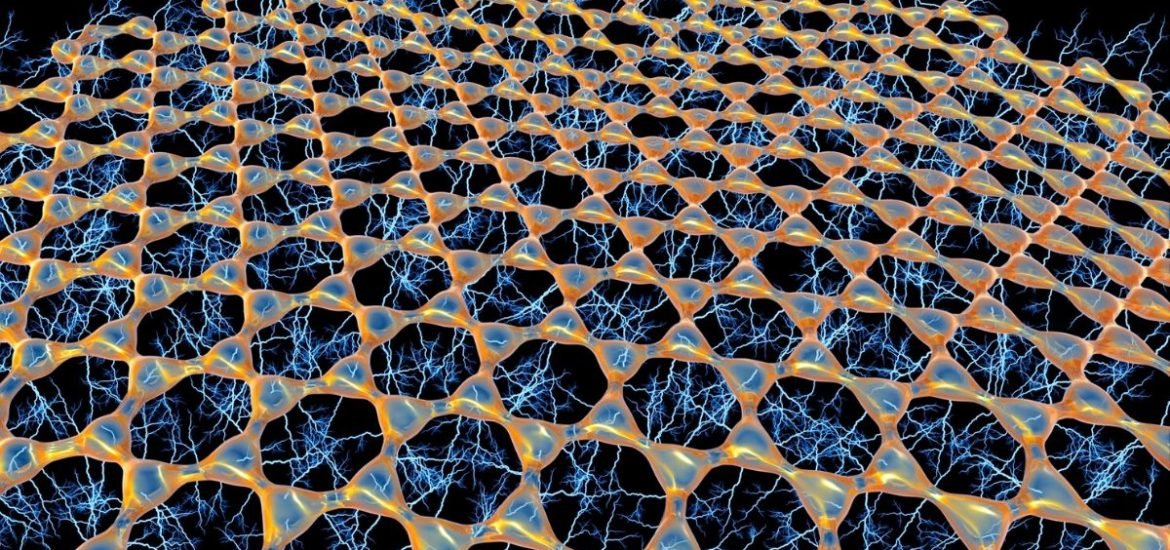
One woman’s trash is another man’s gold, or so the old saying goes. Now, scientists have found a way to turn any carbon-based trash — from food scraps to plastics — into valuable graphene with just a zap of electricity (1). Details of the process called called “flash graphene” production are presented in a new paper published on 27 January in Nature (1).
“The world throws out 30% to 40% of all food, because it goes bad, and plastic waste is of worldwide concern”, says senior author Prof James Tour. “Essentially, we’re trapping greenhouse gases like carbon dioxide and methane that waste food would have emitted in landfills”.
The method is cheaper and greener than traditional methods used to produce graphene, a highly useful material found in electronics, solar panels, and building materials like concrete. Thus, scientists have created a ‘win-win environmental scenario’ by turning waste products into useful material. Moreover, since the carbon is fixed in the new material, it won’t be released into the atmosphere again.
The team of researchers at Rice University figured out a unique way to use electrical pulses to upcycle food waste, plastic, and even coal. For example, the scientists transformed coffee grounds transformed into pristine single-layer sheets of graphene.
The simple — yet elegant — method could contribute to the circular economy. Moreover, adding this new form of graphene to concrete can significantly reduce the amount of carbon dioxide generated during the concrete manufacturing process, which currently emits about 8 per cent of human-made carbon dioxide every year.
This would lessen the massive environmental impact of concrete by one-third: “By strengthening concrete with graphene, we could use less concrete for building, and it would cost less to manufacture and less to transport”, Tour explains.
‘Flash graphene’ is produced in just 10 milliseconds by heating carbon-containing materials to 3000 Kelvin (around 4725 degrees Celcius) in a custom-designed reactor. The high temperature is the key to the process: three times higher than the temperature used in the chemical vapour deposition process, which also involves a lot more effort and cost to produce just tiny quantities of graphene.
Incredibly, all of the energy is channelled into the carbon-based material, so very little heat is actually emitted by the process. Instead, the excess energy comes out as a very bright flash of light. During the process, all other non-carbon elements are released as gas. But some of those elements like oxygen and nitrogen could also be collected and might be of value.
The ‘turbostratic’ graphene has misaligned layers that are easy to separate, which means they can be easily pulled apart and combined with other materials, such as plastic, metals, plywood, and concrete to create enhanced building materials. Previously, graphene was too expensive — around €60,000 to €180,000 per tonne — to be used in many of these applications.
The Tour Group has received additional funding the Department of Energy and the start-up Universal Matter to scale up the novel process from grams per day to kilograms.
(1) Luong, D.X. et al. Gram-scale bottom-up flash graphene synthesis. Nature (2020). DOI: 10.1038/s41586-020-1938-0
Like this:
Leave a Reply
"Flash" - Google News
January 30, 2020 at 12:08AM
https://ift.tt/37Dg3eR
Electricity can turn trash into valuable graphene in a flash - The European Scientist
"Flash" - Google News
https://ift.tt/39L7UpV
Shoes Man Tutorial
Pos News Update
Meme Update
Korean Entertainment News
Japan News Update
Bagikan Berita Ini














0 Response to "Electricity can turn trash into valuable graphene in a flash - The European Scientist"
Post a Comment